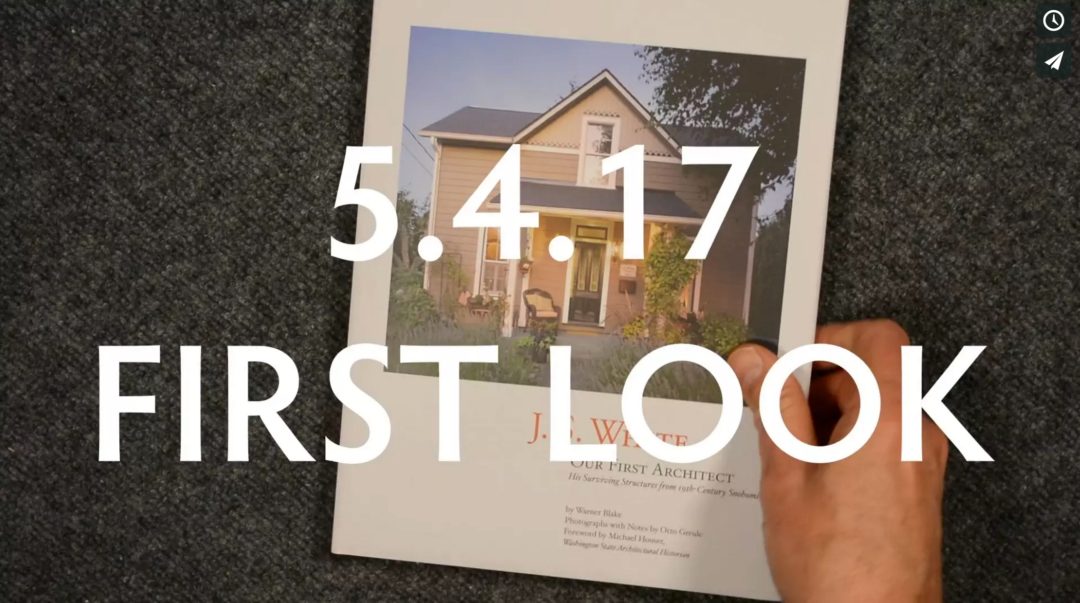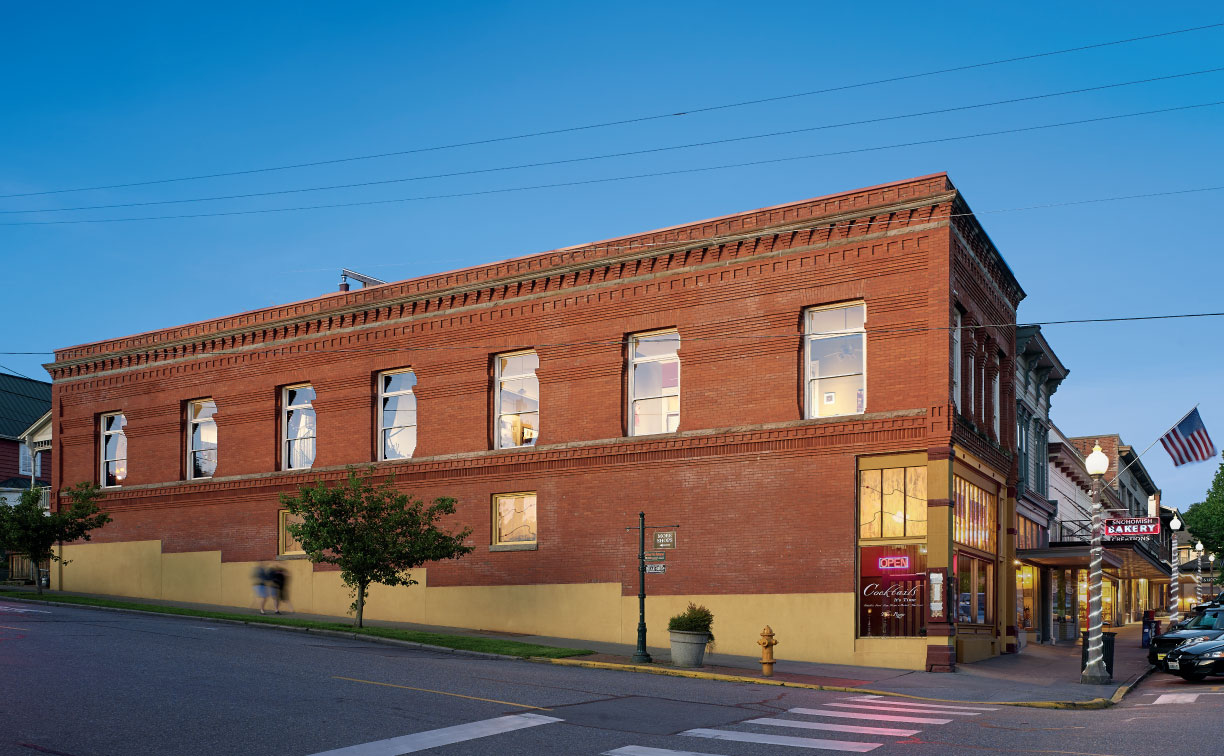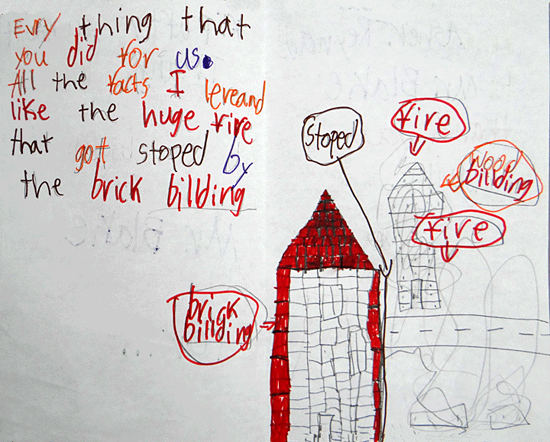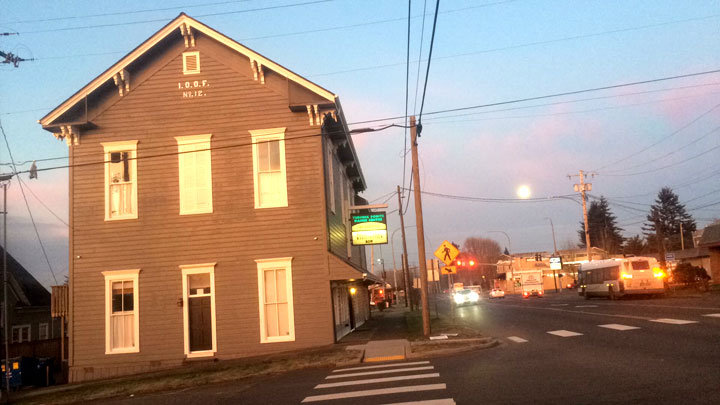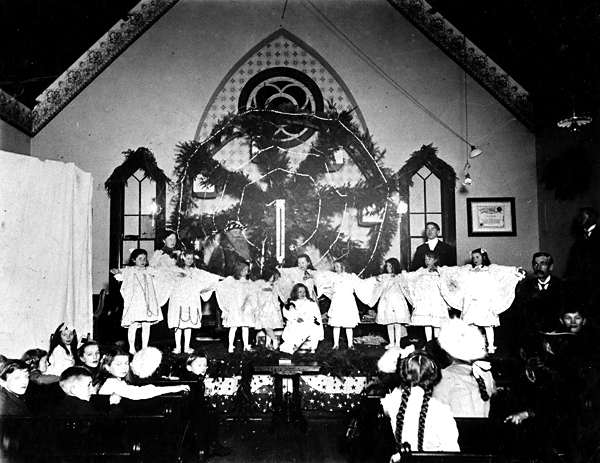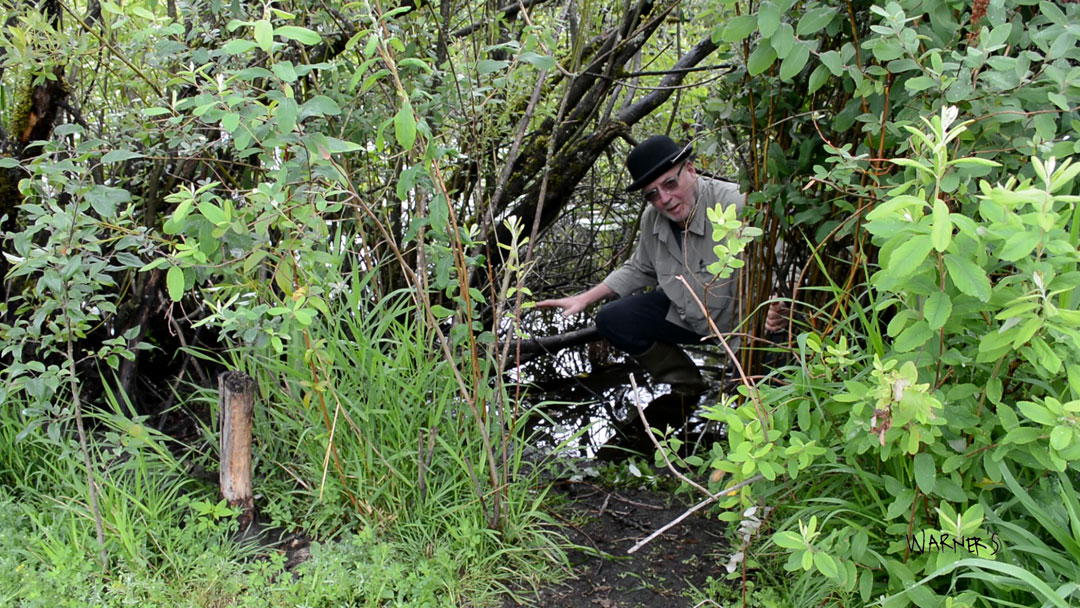Featured Image: Dorothy Devore in “Hold Your Breath.” The story below published in the October 16, 1924 issue of the Snohomish County Tribune.
. . .
Brown’s Theater Crowded As Opening Night Pleases Huge Audience, Two Full Houses
With more than 1,000 people in attendance, Brown’s Theater opened to the public Thursday evening.
Long before the opening hour, seven o’clock, an anxious crowd of theater fans blocked the street, awaiting the opening of the doors. This despite the inclement weather of the evening.
At five minutes after seven, every seat in the house had been taken, and the good-natured gathering spent the moments before the opening admiring the beautiful interior of the place.
Promptly at 7:30 lights were dimmed and the introduction began. This proved a novel thing. Instead of appearing on the stage and talking to the audience, Mr. Brown had a movie of himself made, showing him “close up” addressing a gathering. His words of welcome were then reproduced on the screen. At the end of the short film, a “hook appeared dragging him from the platform with the words “Let’s Go.” With that the program proper of the evening began.
Several excellent movie films followed, interspersed just before the big picture of the evening by a clever singing act in which James N. Mount and Mrs. Gladys Wallage appeared in several selections from modern songs. They were very well received being encored again and again.
The evening developed into a rather gala occasion for the entire city, with restaurants and confectionery shops filled to overflowing after the show.
Published in the Snohomish County Tribune, October 16, 1924
. . .
Curious, no review of the “big picture of the evening,” Hold Your Breath –but your review is welcomed in the comments, where you will find a wonderful story from the Snohomish childhood of Candace Jarett attending a screening at the Brown Theatre with her class from Central School.
Follow this link to learn more about the movie.
. . .
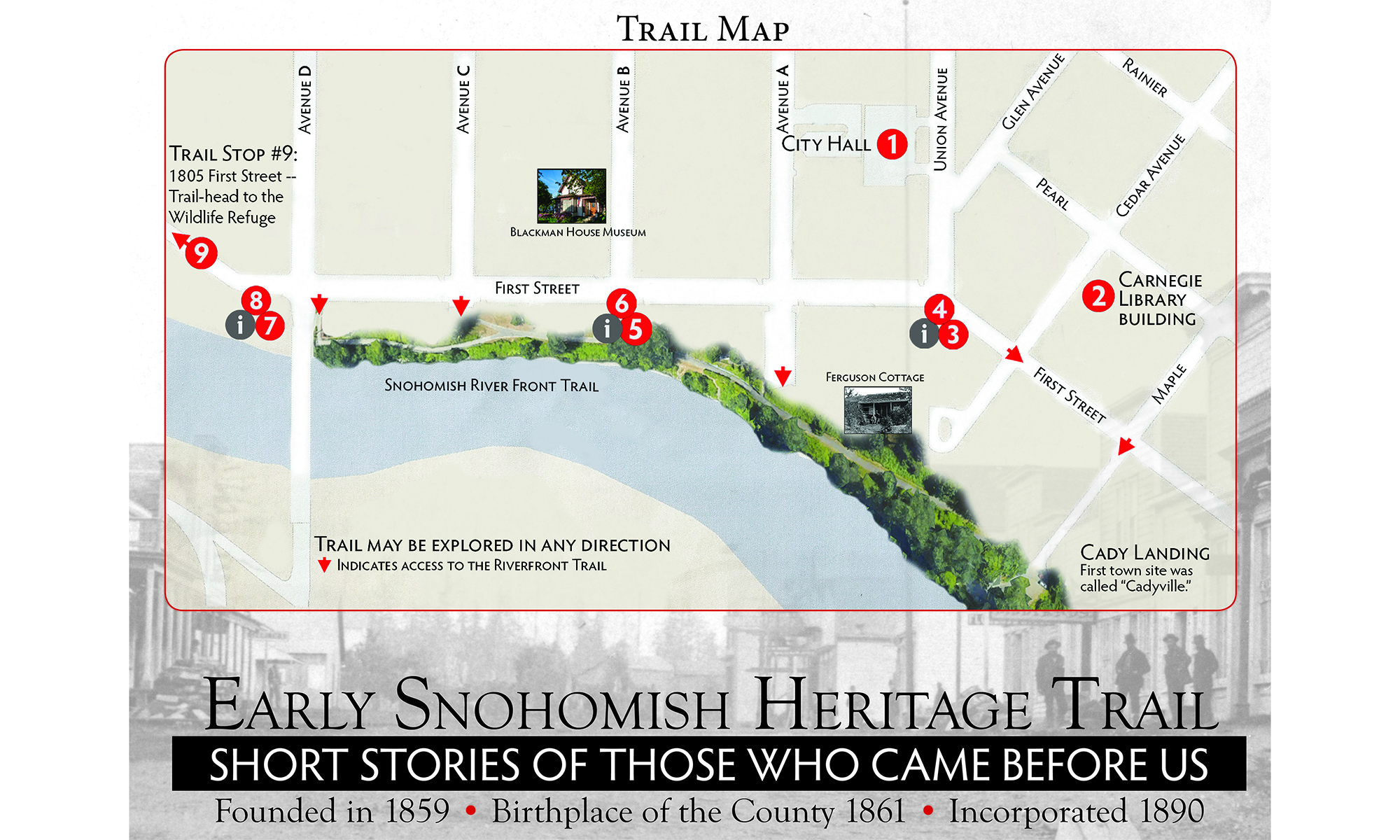

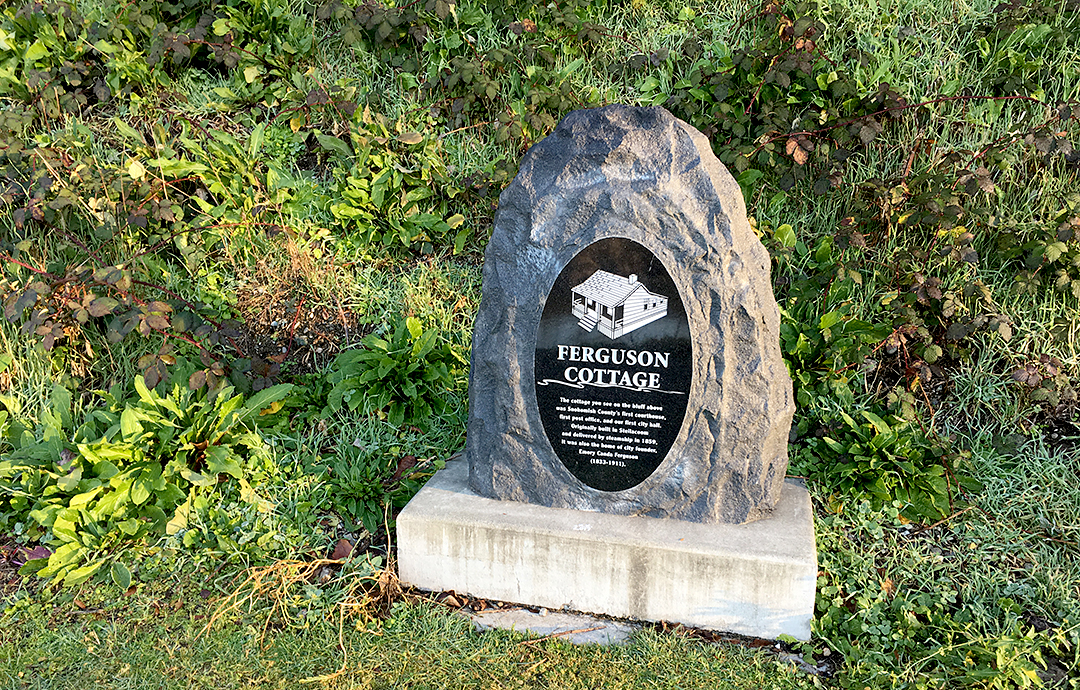
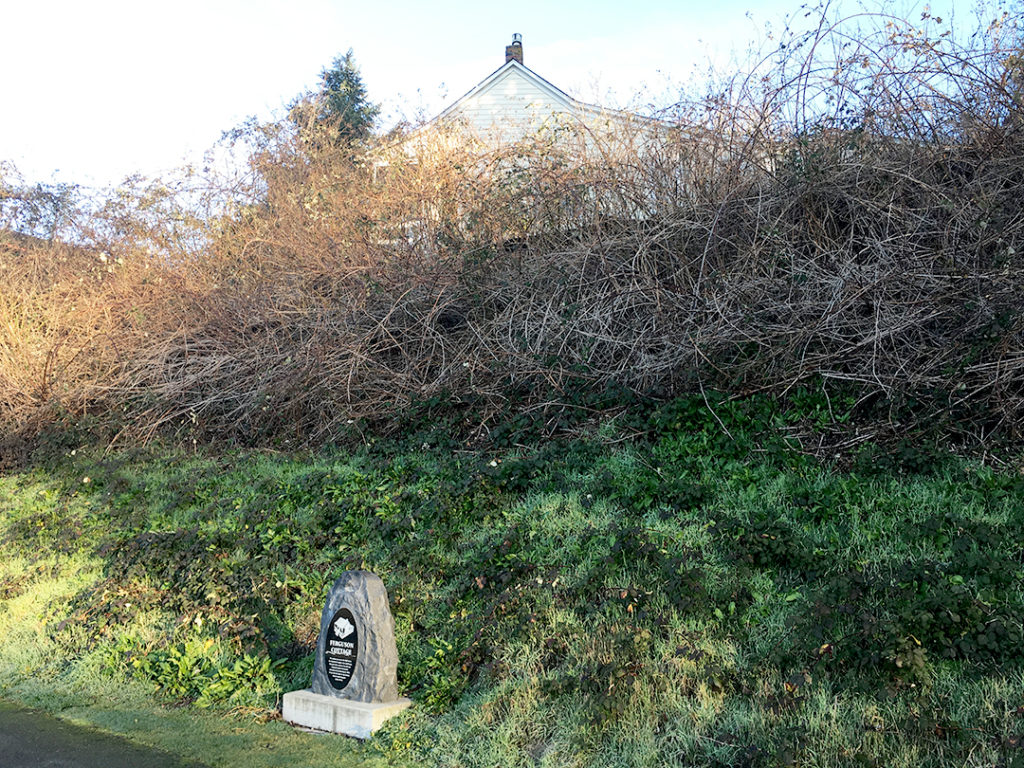
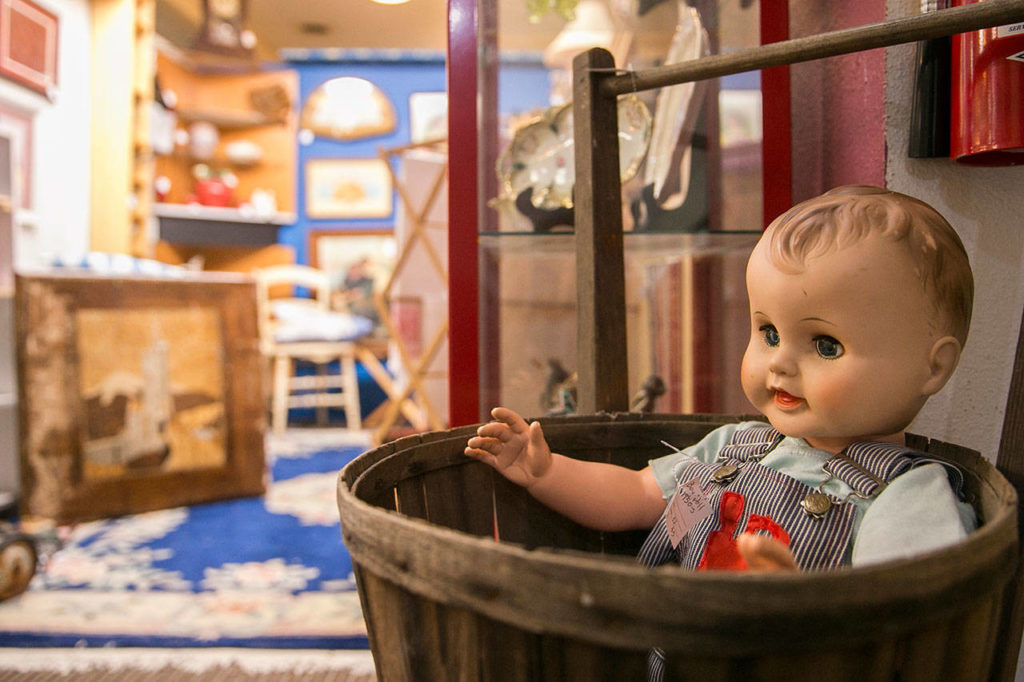

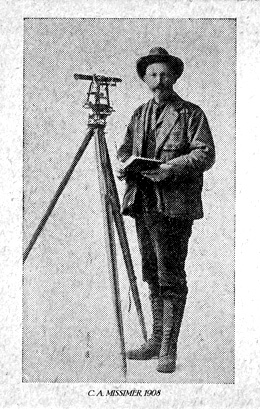 Following the election, a commission to write a thumbnail history of Lake Stevens for
Following the election, a commission to write a thumbnail history of Lake Stevens for 